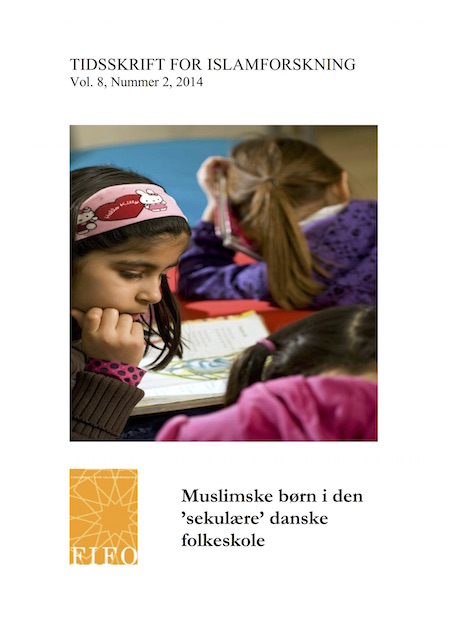Hverdagens religiøsitet i og udenfor skolen: Om kirker, nisser og bedetæpper
DOI:
https://doi.org/10.7146/tifo.v8i2.25338Keywords:
relgion, muslimer, folkeskolen, hverdagslivAbstract
How is religion and religiosity – especially Muslimness ‒ perceived and constructed in school children’s everyday life? This is the main question of the article which is explored through an analysis of a photo-project and a mind map session with two fifth grade classes in a school in Copenhagen. The children were given the task of taking pictures of places, people, situations or objects from their everyday lives which they believed were associated with religion or religiosity. The analysis of the images and the mind map produced in the class shows some interesting patterns in regard to the dominant regimes of representations. The visual and material expressions of religiosity are centered on specific religions, namely Christianity and Islam and locations, such as private/public and school/home. These patterns are connected to societal and national discourses on religiosity and secularity, and processes of minoritisation and majoritisation of religious practice. The article also includes reflections on the methodology of using pictures as a visual medium in the exploration of the religiosity of everyday life in and outside the school.Downloads
Published
2017-02-05
How to Cite
Khawaja, I. (2017). Hverdagens religiøsitet i og udenfor skolen: Om kirker, nisser og bedetæpper. Scandinavian Journal of Islamic Studies, 8(2), 101–122. https://doi.org/10.7146/tifo.v8i2.25338
Issue
Section
Articles: Thematic section
License
Scandinavian Journal of Islamic Studies publish under creative commons license BY-NC-SA.





